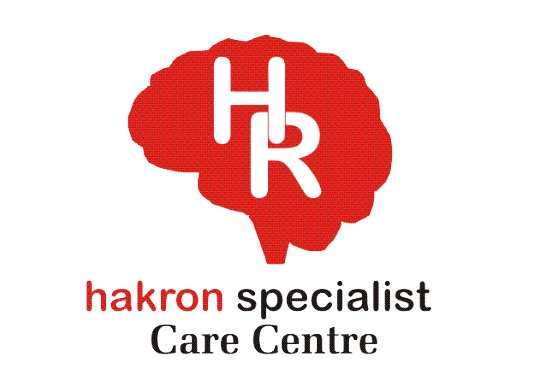What to expect in a rehab program
Introduction
What to expect in a rehab program matters for adults and professionals who plan care, refer clients, or prepare to enter treatment. This guide gives clear, clinical steps so you know how programs typically run, how staff assess needs, and what outcomes to expect. Read on for practical details about intake, medical care, therapy, program length, aftercare, and common measures of success.
Intake and initial assessment
Programs begin with intake. First, staff collect medical history, substance use history, mental health history, medication lists, and social factors. Clinical staff perform a structured assessment and set immediate priorities. They measure withdrawal risk, suicide risk, and any co-occurring conditions. As a result, the team creates an individualized care plan that lists goals, therapies, and measurable milestones.
Medical stabilization and detox
If the client faces physical dependence, programs provide medical stabilization and supervised detox. Nurses and physicians monitor vital signs, manage withdrawal symptoms, and prescribe medications when clinically indicated. This phase aims to ensure safety, reduce immediate medical risk, and prepare clients for therapeutic work.
Therapy and clinical interventions
Therapy forms the core of rehabilitation. Expect a mix of individual therapy, group therapy, family sessions, and psychoeducation. Clinicians commonly use evidence-based modalities such as cognitive behavioral therapy (CBT), motivational interviewing (MI), and relapse prevention. Additionally, programs may offer trauma-focused therapy or eye movement desensitization and reprocessing (EMDR) when appropriate.
Multidisciplinary Team Roles
A rehab team includes psychiatrists, psychologists, clinical social workers, nurses, counsellors, and occupational therapists. Each member plays a distinct role: doctors manage medications, therapists deliver psychotherapy, and nurses monitor physical health. This multidisciplinary approach improves outcomes by addressing medical, psychological, and social needs simultaneously.
Daily structure and routines
Programs provide structured daily schedules. Typically, mornings include medical checks and individual therapy; afternoons hold group sessions and skills training; evenings feature peer support and reflection. Structure supports stability and learning. Moreover, programs teach practical skills—stress management, sleep hygiene, and workplace reentry strategies—that professionals and adults can apply immediately.
Medication Management
Programs handle medication under clinical supervision. Staff review current prescriptions and may start medications for withdrawal, psychiatric conditions, or relapse prevention. Professionals monitor response and side effects and adjust doses as needed. Transparent communication between patient and prescriber keeps care safe and effective.
Family involvement and communication
Many programs engage family members in therapy. Family sessions educate loved ones about recovery, set boundaries, and build healthier communication. Programs also teach relapse signs and support strategies. When family cannot attend, programs still coordinate with designated supporters to create a safe transition plan.
Relapse prevention planning
Clinicians develop relapse prevention plans before discharge. Teams identify triggers, coping strategies, and emergency contacts. They schedule follow-up appointments and link clients to outpatient care or community supports. This forward-focused planning reduces relapse risk and improves long-term recovery rates.
Length of stay and levels of care
Rehab programs vary in intensity and duration. Inpatient programs often last 14 to 90 days depending on clinical need. Partial hospitalization and intensive outpatient programs offer flexible schedules for clients who need ongoing therapy but return home each day. Professionals should choose the level of care based on assessment findings, treatment goals, and social supports.
Measuring progress and outcomes
Programs track progress with validated tools and regular clinical reviews. Staff monitor symptom scales, attendance, and functional goals like employment or relationships. They adjust care plans when progress stalls. Successful outcomes include reduced substance use, improved mental health scores, and restored daily functioning.
Discharge and aftercare
Discharge begins with a clear aftercare plan. Programs arrange outpatient therapy, medication follow-up, peer support groups, and vocational resources. They set measurable short-term goals and schedule follow-up reviews. Effective aftercare builds continuity and helps clients reintegrate into work and family life.
What professionals should communicate to clients
Clinicians and referrers should explain expected timelines, likely therapies, and potential medication needs. Clear, honest communication reduces anxiety. Also, highlight that recovery requires active engagement, practice of new skills, and follow-up care. Professionals should document goals and set realistic expectations together with the client.
Quick answers about what to expect in a rehab program
- Will staff respect confidentiality? Yes. Programs follow privacy laws and clinical ethics.
- Can clients keep work commitments? Some programs offer flexible schedules or outpatient care to maintain employment.
- Does rehab treat co-occurring disorders? Most reputable programs treat both substance use and mental health conditions concurrently.
Practical tips before enrollment
- Verify accreditation and licensure.
- Ask about staffing ratios and available therapies.
- Confirm medication policies and medical oversight.
- Request a sample daily schedule.
- Plan finances and insurance ahead of time.
Conclusion
What to expect in a rehab program depends on clinical needs, program type, and individual goals. Still, most programs share core components: structured intake, medical stabilization, evidence-based therapy, multidisciplinary care, relapse prevention, and a clear aftercare plan. For adults and professionals, understanding these steps improves preparation, referral quality, and outcomes. Actively engage with the treatment team, set measurable goals, and plan follow-up care to maximize long-term recovery.







